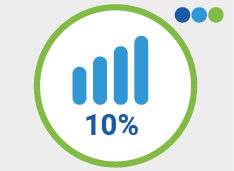
Growing
Market
The global LNG market, currently at 300 million tons per year, will continue growing at a very fast pace of close to 10% over the coming years. Europe’s share at the receiving end of this market fluctuates in accordance with global pricing but has exceeded 80 million tons over the last 12 months.

EU Utilization Constraints
LNG import terminals in Europe, counting two dozen if all sizes are taken into account, are currently enjoying a high level of utilization following several years of under-utilization and several new projects and expansions are currently under construction to cope with future demand; this situation, coupled with operational constraints and hoarding by long-term primary capacity users, leads to congestion and limited access of terminal capacity for new market participants.

Flexible LNG
Evolution
LNG import terminals are adapting their services, previously based on a single user / long term model, to address the market evolution towards flexible LNG supply/purchase agreements (shorter durations, free destination of cargoes,…) and are increasingly offering multi-user flexible capacity contracts.
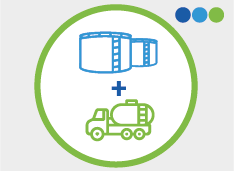
New Unbundled Services
In order to respond to their clients demand, LNG import terminals are also proposing a diversified range of new services, either for segregated parts of their previously bundled service or for completely new services such as LNG reloading/transhipment, LNG bunkering, LNG truck loading, vessels cool-down and gas treatment.

Customer
Interaction
However, the dramatic increase of volumes and capacity agreements and negotiations that an LNG terminal must handle at any time is creating a lot of pressure on terminals and they need to find alternative tools for interacting with their customers, as opposed to the now predominantly telephone and website-based communications which create huge inefficiencies and loss of business.
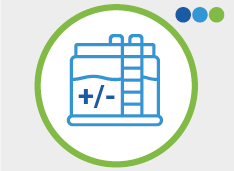
Changing Capacity Requirements
Primary capacity holders who can have at any time have either an excess or a deficit of capacity compared to their requirements.
If they have a deficit, they will be seeking to buy capacity from:
A) other primary capacity holders ( including the terminal itself), or
B) from the secondary capacity market.
If they have an excess, they may decide to keep it for commercial/strategic reasons (hoarding), or they could sell it to other primary capacity holders or in the secondary capacity market.
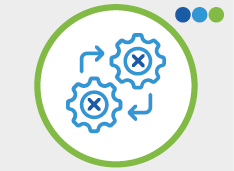
Process
Inefficiencies
Equally, capacity users which range from LNG suppliers, traders, portfolio players, utility companies, power/industrial gas users, gas distributors, etc, are finding it frustrating to negotiate, under cumbersome and lengthy processes, short/medium term capacity agreements they need to match LNG trading deals they are concluding at an increasingly fast pace (or even on real time through LNG trading platforms / exchanges), thus creating a serious mismatch.
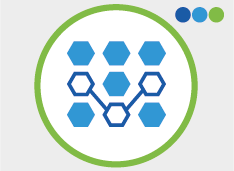
Business
Complexity
For capacity users, and particularly the LNG suppliers and traders, the difficulty is compounded as they are permanently arbitraging cargo destinations and have therefore to negotiate simultaneously with multiple terminals within a region (such as Western Europe) based on:
A) Capacity availability at each terminal over the short/medium term and
B) Pricing/ economics
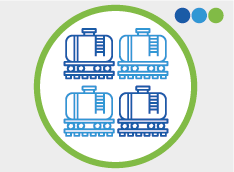
Hoarding
Until recently, hoarding was the rule for primary capacity holders, but this was partly to keep competitors out and partly because it was too cumbersome to negotiate with other parties on the primary or secondary market (which is where we come in). Also, the cost of maintaining capacity idle was seen ( particularly by large players ) as small compared to the overall cost of the LNG value chain, but this is changing now with the emergence of new players focused on parts of the chain.

Realtime Transparency & Execution
LNG Terminal Access electronic platform aims at addressing all the above major problems by proposing to all parties (terminals as well as existing and new users) permanently updated data for multiple terminals within a region regarding the capacity utilization and firm bids/offers for capacity transactions on a real-time basis.
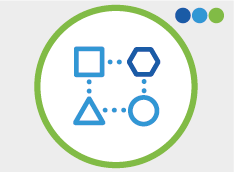
Process
Optimisation Benefits
The negotiation/transaction process simplification provided by the LNG Terminal Access platform greatly increases the liquidity and transparency of this capacity market, releases additional volumes, allows new players to satisfy their requirements, while boosting the financial returns of LNG terminals. It more generally increases LNG trading by allowing the emergence of new players and the conclusion of LNG trades which would not have happened otherwise.